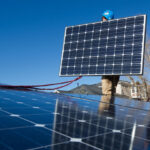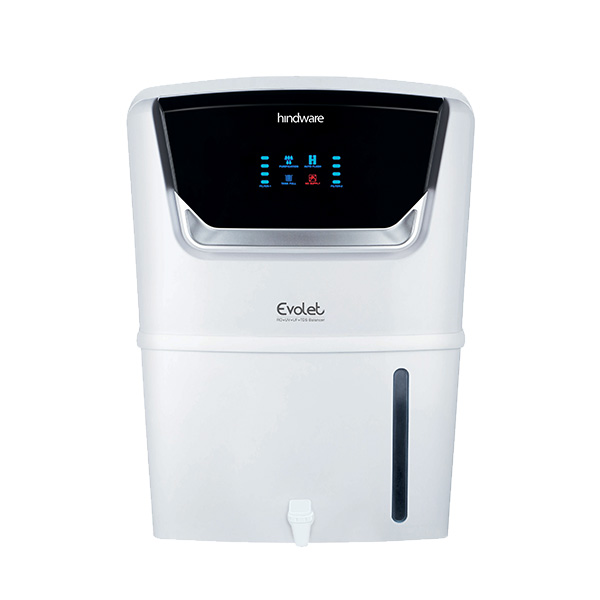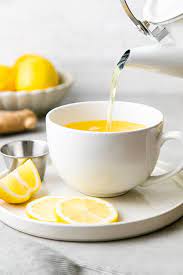Clean drinking water is a minimal prerequisite of sound health, but in India, water quality varies as wildly from city to city, and from area to area. From hard water rich in minerals to metal contamination, pesticide, or microbial contamination, the need for a water purifier in every home has never been so acute.
But how do you pick the optimum home water purifier if there are too many models — RO, UV, UF, and now IoT-based smart RO water purifiers? The answer is presented below:
Steps to Select the Best Water Purifier for Home
Knowing the nature of water available in your area and matching it with the right purification technology is really crucial.
Step 1: Know Your Water Source and Quality
Prior to purchasing a water purifier, note the water source — municipal, borewell, tanker, or combination. They contain different impurities:
- Municipal Water: Chlorinated regularly, but contains microorganisms and dissolved salts.
- Borewell Water: Typically contains high TDS (Total Dissolved Solids), hardness, and heavy metals.
- Tanker Water: May be any quality, will likely contain chemical contamination or microbial risk.
Test your TDS in water using a basic digital TDS meter. This is what it means:
- Less than 200 ppm: Soft water – may need UV or UF filtration.
- 200–500 ppm: Average – optimal range, RO + UV is optional.
- Above 500 ppm: Hard water – RO or RO+UV+UF is highly recommended.
Step 2: Select the Purifier Type Based on Your Water Quality
Purifiers of various types remove different types of impurities:
1. UV (Ultraviolet) Purifiers
Suits best for low TDS water, especially municipal supply. Destroys bacteria and viruses due to the effect of UV rays, but will not destroy dissolved salts.
2. UF (Ultra Filtration) Purifiers
Aids in the removal of bacteria, cysts, and sediments. Employed in areas where water is chemically pure but biologically polluted.
3. RO (Reverse Osmosis) Purifiers
These are the best water purifiers for areas of high TDS (over 500 ppm). They remove dissolved salts, heavy metals like arsenic, lead, and fluoride, and bacteria.
4. RO + UV + UF Combo Purifiers
A three-stage guard suitable for areas where there is high TDS as well as bio-contamination. This combo is available for most urban areas with mixed supply.
Step 3: Select an IoT or Smart Water Purifier for Greater Control
Your devices — and your smart homes — are smart. For greater visibility, automation, and efficiency, select an IoT water purifier.
These IoT RO water purifiers are phone-controllable and offer:
- Real-time TDS and water quality monitoring
- Filter check-up and maintenance reminder
- Auto-shut-off in the case of leakage
- Analytics on usage and service request management
Even remote on/off scheduling is included on certain models, convenient for business people or frequent travellers.
Smart water purifiers also remind you not to forget important maintenance reminders — one of the most significant reasons why regular purifiers don’t perform quite as well in the long term.
Step 4: Check Certifications and Purification Stages
Not every purifier is made equal. Selecting the best water purifier means it should be certified by well-known standards such as IS: 14724, ISO, or NSF.
Also, verify the number of stages of purification. A quality system typically comprises:
- Pre-sediment filter
- Activated carbon filter
- RO membrane
- UV chamber
- Post-carbon filter or mineralizer
Some models also feature alkaline filters to balance pH levels and retain essential minerals — a great bonus if you’re health-conscious.
Step 5: Size, Maintenance, and Installation Problems
- Storage Space: 7–10 litres capacity suitable for 3–4 members
- Installation Space: Wall-mounted filters are space-saving, with a slim appearance, and under-sink filters.
- Maintenance Cost: When you buy water purifier, watch the price of filters, AMC, and the service interval of the water purifier.
Smart purifiers have a tendency to remind you of filter lives and even come equipped with the option of scheduling a service with one click — no hassle anymore.
Conclusion: Go Smart, Drink Safe
Indian water quality is dynamic. That’s why brand or price doesn’t always make the best option in choosing the right purifier — it’s locating technology that can deal with your local water profile.
Depending on whether you are in need of a basic UV purifier for soft water or a smart RO water purifier with live tracking for hard water, there is something for every household in today’s market. For long-term efficiency and ease, IoT water purifiers are an investment that is well worth it.
Choose the best and invest in the best water purifier, which would be best suited for your area. Your family’s health begins with the water you drink daily, you know.
- How to Choose the Right Water Purifier for Your Local Water Quality
- Not all water purifiers are the same. Discover how to choose the right water purifier based on the specific water quality in your area—whether it's hard, salty, or full of contaminants.
- #waterpurifier
Related posts:
 The Complete Guide to Selecting the Best Italian Marble to Install in Your Home or Office
The Complete Guide to Selecting the Best Italian Marble to Install in Your Home or Office
 Trusted Electrical Services in Boulder, CO – Hoss Electrical Corp
Trusted Electrical Services in Boulder, CO – Hoss Electrical Corp
 Kitchens and Cabinetry – exclusive design from the manufacturer
Kitchens and Cabinetry – exclusive design from the manufacturer
 Tiny Kitchens, Big Solutions With shelves for small spaces That Work
Tiny Kitchens, Big Solutions With shelves for small spaces That Work
 How Much Does a Home Lift Cost in 2025? A Complete Pricing Guide
How Much Does a Home Lift Cost in 2025? A Complete Pricing Guide
 Concrete Driveway Resurfacing Sunshine Coast: Your Ultimate Guide to a Durable and Stunning Driveway
Concrete Driveway Resurfacing Sunshine Coast: Your Ultimate Guide to a Durable and Stunning Driveway
 Transforming Outdoor Spaces: Top Landscaping Trends in Melbourne for 2025
Transforming Outdoor Spaces: Top Landscaping Trends in Melbourne for 2025
 Upgrade Your Comfort: Why a Living Room Recliner is a Must-Have for Modern Homes
Upgrade Your Comfort: Why a Living Room Recliner is a Must-Have for Modern Homes






